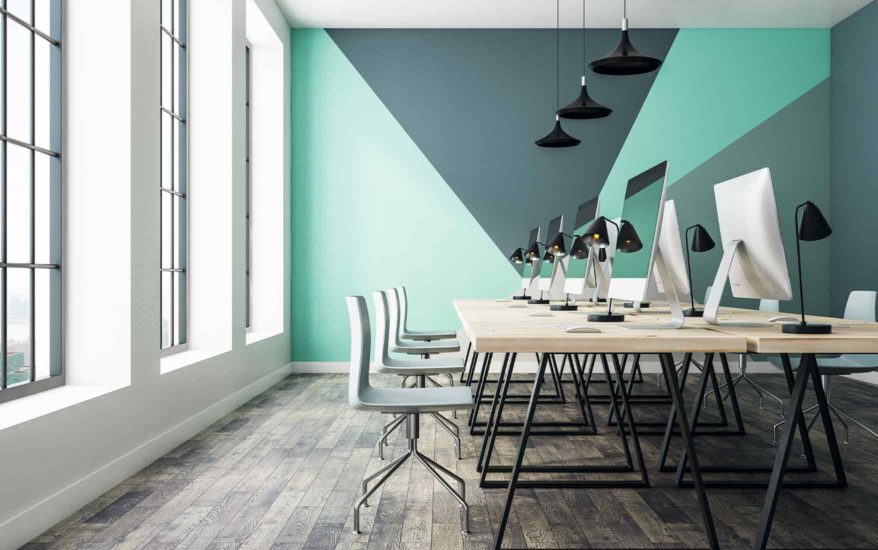
Despite rumours regarding their inevitable demise, physical offices continue to play a key role when it comes to the daily operations of major conglomerates and organisations. Recently, office investment in the United States recorded a 7-year high, as companies such as Apple, Google and Facebook made huge financial contributions to their workspaces.
To help Chief Information Officers (CIO) transform their office space into one that can drive cultural change, enhance wellbeing, attract talent, drive innovation and improve productivity, Gartner recently released a study dubbed the “The Rebirth of Office Space: What Every CIO Needs to Know and Do”. This study shared recommendations CIOs could use to facilitate the process of reimagining the physical spaces of their business.
Adopt an Abw Culture or Layout
ABW stands for activity-based working or activity-based workspaces, which provides employees with a choice of work settings. A well-designed ABW office has a mix of ‘hot’ (lots of activity) and ‘cold’ places (private) for their employees to work in, which is a must, as individuals will have their own preference. Some of the best ABW style offices in Asia include Google’s offices in Malaysia and Singapore, Facebook’s APAC headquarters in Singapore and AirAsia’s headquarters in Malaysia.
With the ABW approach, CIOs must understand that the new space is not “built to last” or “maximize utilisation”, instead, it is “built to change” and to “enable engagement, collaboration and productivity”. Essentially, CIOs need to take on the role as a communicator for a varied range of digital employees to explain how smartness in buildings and workspaces are being used to the employee’s advantage.
On the IT front, ABW means a reworking of mobility, and the ability to work anywhere in the building, which is why a robust Wi-Fi network backbone is essential. On top of that, seeing as not every employee will always be in the office, investments in technologies like unified communications and collaboration (UCC) and group videos is a must-have, to support collaborative workspaces and facilitate collaboration with third-party partner and vendors.
Utilise Office Space More Efficiently
It is no secret that office space is known to be an expensive commodity, and will continue to increase in the future. This can affect the financial health of a business in the long term, as it’s still the second-largest expense after cost of labour.
One of the best ways to map office space efficiency is to use techniques such as journey mapping and persona development, as these can provide more accurate answers as to who is using which spaces, and for what activities. Work done on-the-move requires IT to support a work context that follows the employee to any space, and by understanding the activities being performed, this will help inform designers of the type of physical space need to support.
On top of that, all organisations should adopt a single evolving user segmentation model that is developed and applied by all shared services organisations that contribute to the employee experience. This will then avoid redundant employee surveys and focus groups that are collected and applied independently.
Combining Efforts for Better Results
To successfully achieve a smarter work environment, CIOs and RE/FM leaders will need to use a collaborative, multidisciplinary approach, enabling enterprises to engage with vendors that address both technology and physical space challenges.
One of the key decisions that must be made by organisations is to develop service catalogues of room types for respective sizes and purposes. These catalogues can help what will eventually be a continuously evolving space, due to constantly and rapidly evolving technologies. Some companies are already leveraging on the Internet of Things (IoT) to introduce automated and location-aware functions that not only bring about convenience, but also cost-savings.
Building new, or even transforming an existing workspace into a smarter one, may not be the easiest thing to do. However, by keeping these recommendations by Gartner in mind, companies should be able to create a workspace that caters to the myriad of working styles of their employees.



